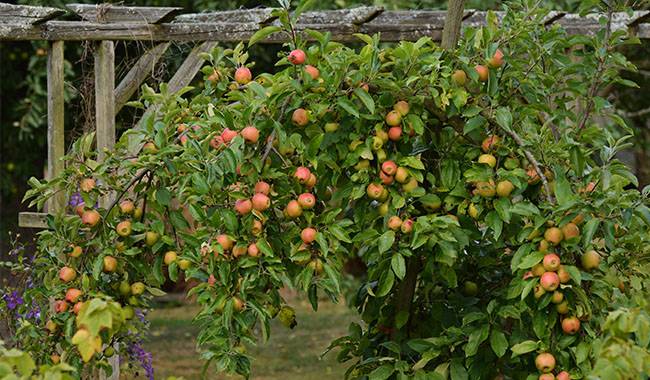
The apple tree is considered to be the most popular fruit crop in our gardens. It is ahead of cherry and pear trees in distribution, and its fruit stores significantly longer than other garden trees. So apple trees are the first thing gardeners start caring for in the spring.
Apple trees, especially those that are still very young, are subject to winter frosts and hungry rodents, whose branches sometimes bend to the ground or even break under the pressure of wet snow.
So it needs a lot of attention. We will present in this article 10 steps to take care of apple tree obligations in spring.
WHAT CARE DO APPLE TREES NEED IN THE SPRING?
In general, the spring care of apple trees is not particularly different from the care of other trees. However, all the elements on your apple tree care checklist are important at the beginning of the season.
Finally, their implementation improves the immunity of the plant, strengthens its ability to resist the whole complex of pests and diseases, and gives the apples a beautiful harvest that can last for quite a long time through accurate harvesting and a fresh taste even in winter.
If we talk about the general stages of spring care of apple trees, they are, of course, hygienic pruning, trunk, and branch whitening, watering if necessary, elimination of all kinds of damage left by winter, fertilization, preventive treatment of pests and diseases, control of pests and diseases of the first spring, protection of buds and flowers from spring frost. Consider each item on this list in detail.
Sanitary pruning of apple trees
Apple trees should be pruned as early as possible, preferably before the sap begins to flow. All cuts should be made “in the circle,” i.e., without leaving a stump that could become hollow over time; prune only with sharp tools that will not tear the bark.
To know what to cut, it is necessary to carefully examine the crown of the apple tree – first of all to remove all dry shoots that, broken, too thin, and growing directly to the middle of the crown (in the future they will certainly lead to densification of the crown, transitioning the harvest to the periphery of the crown and reducing it).
When hygienically pruning apple trees, pay attention to spikes – these are strictly vertically growing shoots, which are formed, most often on trees older than 5 years, and which do not produce fruit, but only suck up nutrients.
It is best to cut the shoots into rings, or choose a few from the total mass and try to bend them to an angle close to 900 so that they can be held in place. Over time, the shoot in this position will persist and it can be detached and start producing fruit.
When hygienically pruning apple trees, also watch out for shoots that are too close to the trunk – at an angle of less than 450. Thus, it is likely that they will break right off under a load of harvest.
Under them, you can already put props, make ordinary slingshots with a rubber band in the middle, for example, with a bicycle camera, or tie these shoots higher up so that they have the strength to break, or simply cut them off if there are many of them.
Try to prune apple trees when the temperature is stable and no longer fluctuates drastically; if there is a frost during this period, the temperature should not fall below 50°F (10°C).
When pruning branches, make sure there is an upward and outward-facing shoot at the end of the branch so that it does not become too dense in the future.
Painting apple trees
Apple trees can be whitewashed in the spring with lime or white acrylic-based breath garden paint.
Again, it is not unreasonable to remind you of the benefits of spring whitewashing. It protects the trunk and skeletal branches from the dramatic fluctuations in temperature from day to night, which does not bode well for the tree when the bark cannot take it and cracks and peels right off.
Whitewashing protects against rodents and some pests that will not attack plants treated with whitewashing. This method can also deal with fungal diseases, especially if lime is used.
Keep in mind that spring whitewashing is easily washed away by rain and the process may have to be repeated two or three times during the spring.
Always whitewash from the bottom, not the top, and go down to the first branches, trying to “catch” them as well.
For young trees, whitewashing with lime can be dangerous and can cause bark burns. If you cannot get white garden paint on an acrylic base, paint young trees with plain chalk, dissolving it thickly to bring the composition to an acid state.
Watering apple trees in the spring
This measure is more important for the southern regions of Russia, where the snow melts very quickly and most of the water evaporates. At the same time, the roots actively absorb nutrients dissolved in water from the soil, the nutrients begin to flow upward, the leaves bloom, flowering begins, and photosynthesis is activated.
With all this in mind, if there is not enough water in the soil and you are a southern resident or have just experienced a winter of light snow, you should pour a bucket of water under each tree every week, or twice as much if the tree is less than 5 years old – if older. When doing so, pay attention to the weather conditions. Therefore, if it is cloudy and rainy, there is absolutely no need for additional watering.
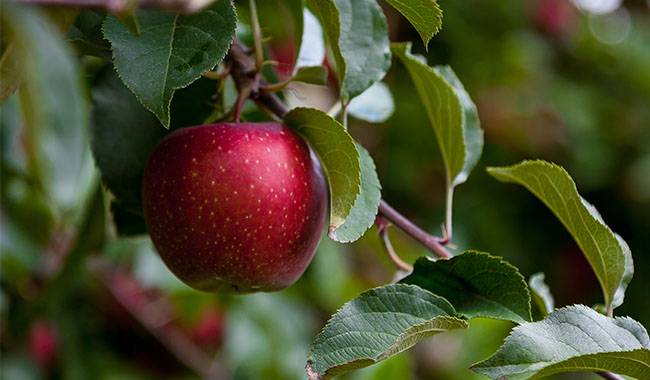
Loosen the soil in the root zone
If all is well with humidity, do not forget that the soil must breathe. In order not to disturb the air exchange in spring, the soil in the crown should be loosened more often (at least once a week) in order to prevent the formation of slabs. It can be loosened with an ordinary hoe. When loosening the soil, the hoe should not hoe down more than 1-1.5inch (3-4cm) to avoid damaging the root system.
Removal of weeds from the planting strip
Weeds emerge quite quickly and grow actively; if the apple trees are older than 5 years, you can basically ignore them and just prune them carefully, trying not to damage the trunk (preferably with a sickle). On the other hand, young seedlings can be affected by weeds; for them, weeds can become competitors for food and water.
In addition to that, weeds may become home to pests and even fungal diseases, for the time being. Weeds on young apple trees are best removed by hand after rain or watering, try to pull them out completely, then they will not appear next time.
Mulching the root zone
Mulching is an important, necessary, and easy step in the spring apple harvest. The soil is usually mulched with humus; sawdust and more acidic peat should not be used in the spring.
By mulching, many problems can be solved: increase plant nutrition; retain moisture by covering the soil surface after watering, and suppress weed growth by mulching the soil after weed removal.
For all these reasons, a simple guideline cannot be ignored. With the help of mulch, if covered with a layer of 2-2.4inch (5-6cm), you can even save the fragile root systems of young plants from freezing if frost suddenly decides to return.
Eliminate winter damage
After winter, when the bark does peel off, you may see the consequences of sunburn. In this case, remove the dead part with a wooden scraper, treat the area with 2% copper sulfate, and isolate all areas with garden varnish and bandages the next day.
Keep in mind that it may not be possible to eliminate all the damage the first time. In order to heal a large wound, this process must be repeated several times.
Spring fertilization of apple trees
The best fertilizer for apple trees in spring is a compound fertilizer, such as nitrate phosphate. Since there is enough melting water in the soil, once the snow has completely melted, the fertilizer can be applied dry. First, loosen the soil in the root zone, then pour a bucket of room-temperature water from a watering can (for even wetting), and spread the fertilizer evenly.
For apple trees over five years old, one tablespoon of fertilizer, and for trees under five years old, half a tablespoon of fertilizer is sufficient. After applying this fertilizer, it is best to level the soil and cover it with humus (a few inches thick layer).
You can also do foliar spraying by diluting 10 grams of nifedipine in a bucket of water, filling a backpack sprayer, and treating the plants – this rate applies to plants over five years old, for treatment of young plants the rate should be reduced by half.
Protect apple trees from pests and diseases
As a rule, a series of treatments to prevent pests and diseases are carried out in the spring. The first treatment is with a copper-containing preparation, either a 2% Bordeaux mixture or a 3% copper sulfate solution. Trees should be treated with a sprayer or backpack sprayer, trying to get all branches completely wet.
Then apply more severe preparations. For example, for scab and moniliasis on apple trees, use “organosulfur fungicides”; for powdery mildew, use “biomimetic plant-derived fungicides” and similar authorized agents.
When applying pest control to apple trees, strictly follow the instructions on the package.
In addition to chemicals, you can use various biological preparations, hang pheromone traps, paste trapping tape – dry, sticky, toxic. You should replace them more often or clean them.
Protect the blossoms of apple trees from spring frost return
There are often years when a return frost destroys the blossoms, resulting in no apple production at all, no matter how carefully you care for your apple trees. It is difficult to offer help, but you can try.
The easiest and fairly reliable variant is to make an agreement with your neighbors, if they don’t mind, to light fireworks on the outskirts of the plot; this raises the air temperature in the garden by 35°F (2°C) and saves the flowers from freezing. There is a downside – the weather must be windless, and the fire needs to be maintained until the frost is gone.
Sometimes sprinkling helps when all the trees are surrounded by small droplets of water sprayed from a hose with a special nozzle. When the water touches the trees and flowers, it freezes in the frost and sends its warmth to the plants.
We hope that this article will help you with your practice. With the help of this simple measure taken in spring, you can provide yourself with a decent apple crop in summer and autumn.




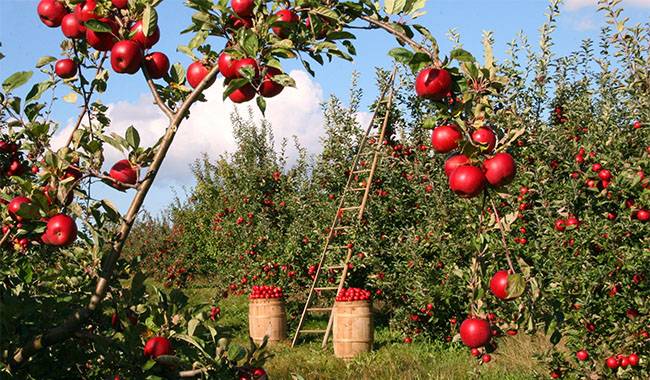
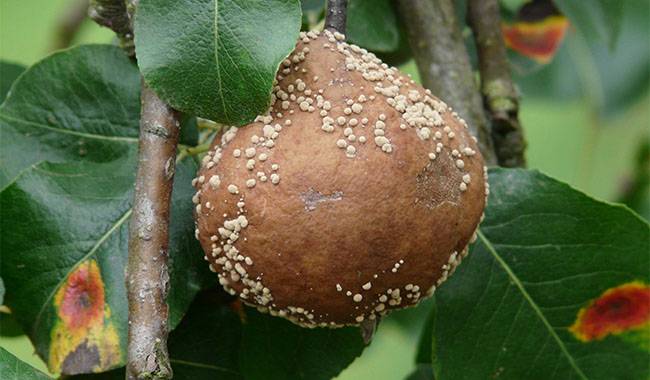
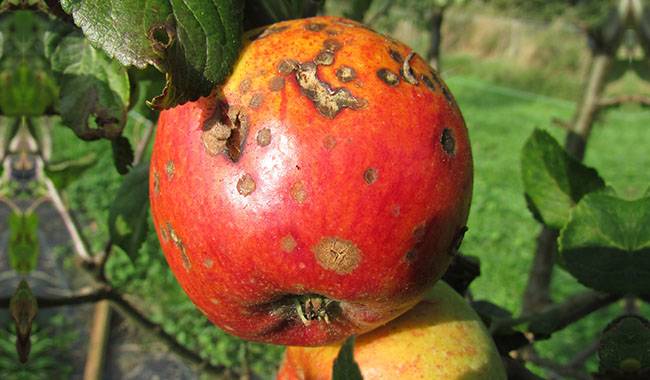
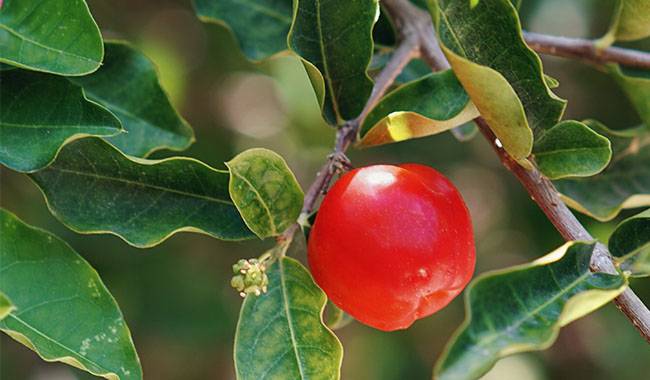
It was really helpful how you discussed the several conditions that you need to consider when pruning an apple tree. I used to think that I can just snip off most of the longer branches on the ones we have here, but that might have just harmed them instead. I’ll hire a tree care expert for this since they have a better idea of what they’re doing than me.